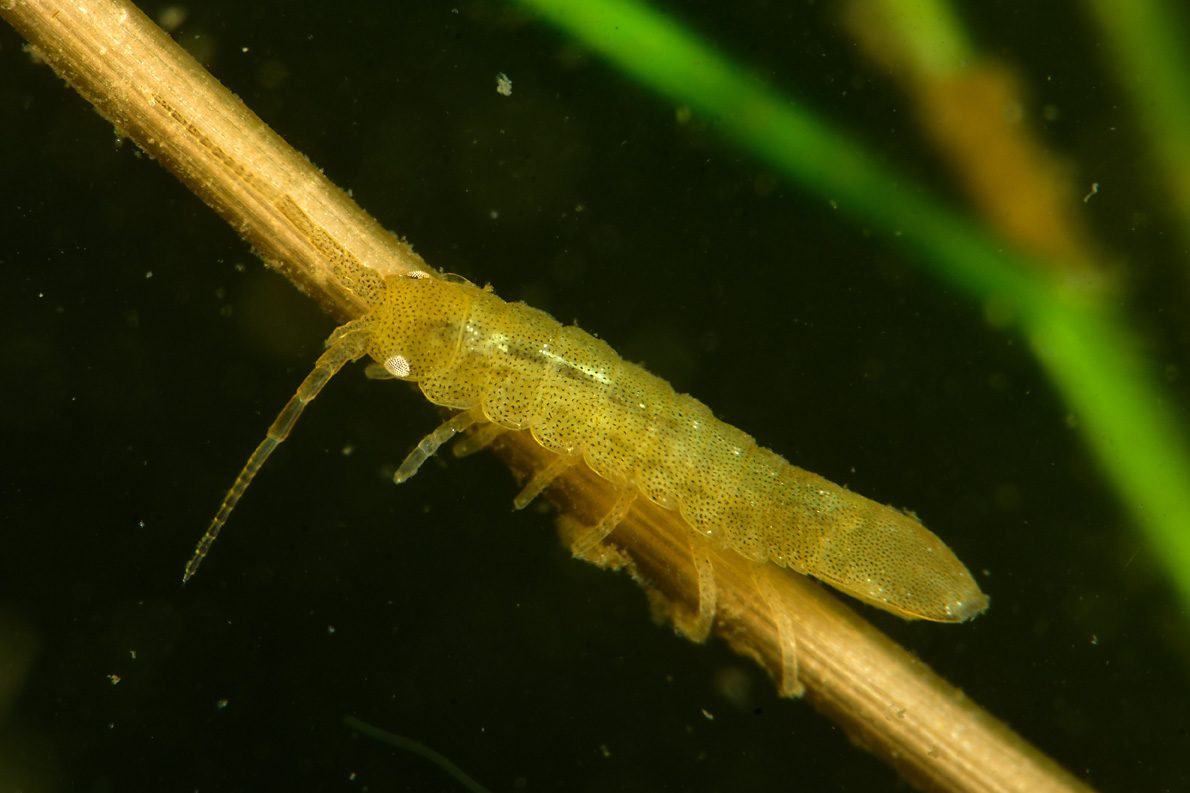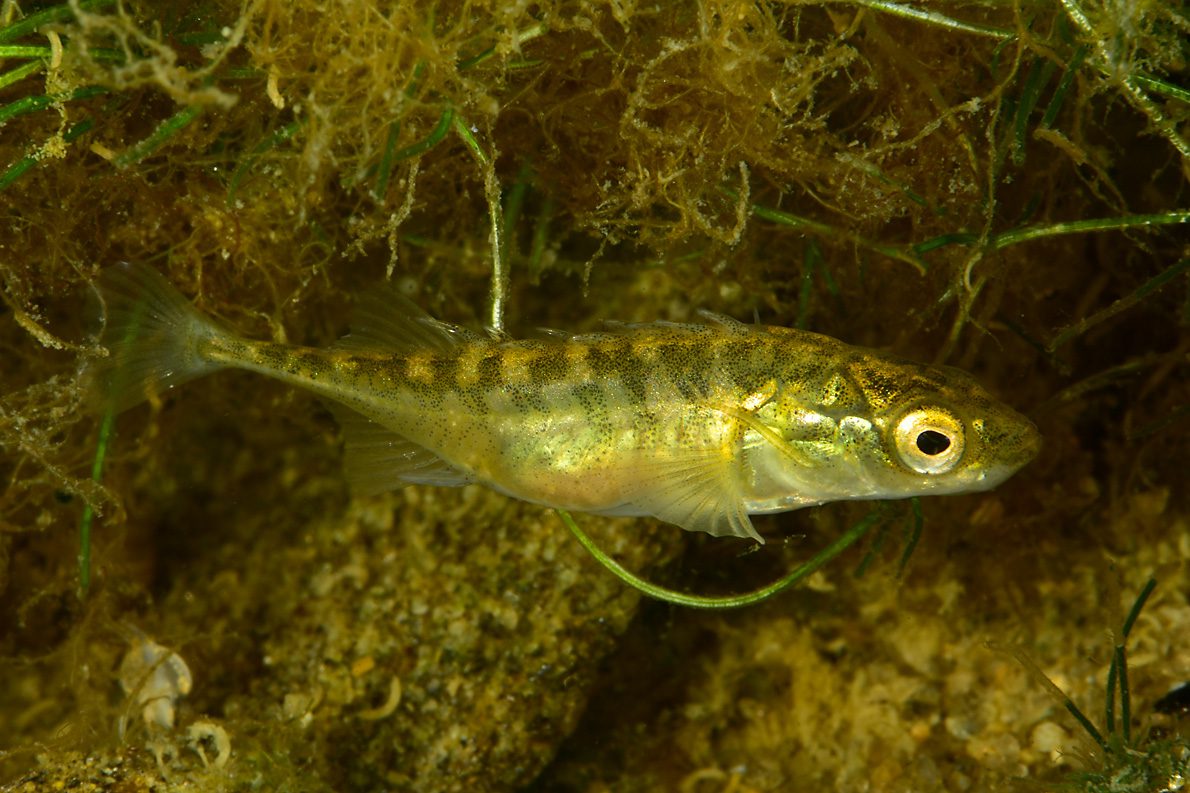Oceana completes at-sea expedition in both Swedish and Finnish side of the Quark
Gathered data now to be studied in effort to develop transboundary protection of the area
Press Release Date: September 19, 2018
Location: Madrid
Contact:
Marta Madina | email: mmadina@oceana.org | tel.: Marta Madina
Oceana’s scientists have wrapped up their 20-day expedition in the Quark area (also known as Kvarken and Merenkurkku) surveying areas across the archipelago in both Finnish and Swedish waters. Oceana will now study all the data collected at-sea in an effort to support the designation of a transboundary marine protected area to safeguard this remarkable area against threats including habitat degradation, pollution, and sand dredging.
As well as hosting a UNESCO World Heritage Site, the Quark area is home to a unique mix of freshwater, brackish and marine species, as well as one of Finland’s seven national seal protection areas. The Oceana research crew gained permission to enter one of these seal sanctuaries with a drone and were the first to ever log a dive there.
“The Quark deserves the highest level of protection! That is why the data our team has gathered from across the archipelago, will be used to support the designation of a transboundary marine protected area, to make sure we do everything we can to safeguard this unique area between Finland and Sweden,” said Lasse Gustavsson, the executive director of Oceana in Europe.
The research voyage used some of the latest technology to allow scientists to study and film marine life at the bottom of the Quark, including a team of professional divers, a remote underwater camera system that was deployed to depths between 0,3m and 41m, benthic fauna sampling and a drone.
During the first week of the expedition, on the Swedish side of the Quark, the water temperature was measured at 14-15 degrees on the surface, warmer than what is considered normal for the season.
The Oceana crew also spotted large quantities of so called blue-green algae or cyanobacteria which is unusual for the Quark area and an indication that the Baltic Sea is over-polluted and eutrophicated.
Over the course of the 20 days, Oceana scientists identified almost 70 different marine species in the area, close to 1/4 of all the species known to exist in the Quark.
Large communities of aquatic plants were found in shallower waters and large communities of clams and other bivalves were found living in and on the seabed. Other abundant species spotted were snails, amphipods, opossum shrimps and the endemic isopod Saduria entomon.
The 2018 Quark expedition was generously funded by the Swedish Postcode Lottery and all collected data, high-quality video, and still images will be thoroughly analysed in the coming months to form the basis of a detailed proposal for the creation of a transboundary marine protected area between Sweden and Finland.
In addition, all the data will be shared freely with government agencies and scientists in both countries, in the interest of supporting broader efforts to improve marine protection of the region.
Oceana aims to safeguard both this valuable biodiversity and the livelihoods of the local people who depend on marine resources.




